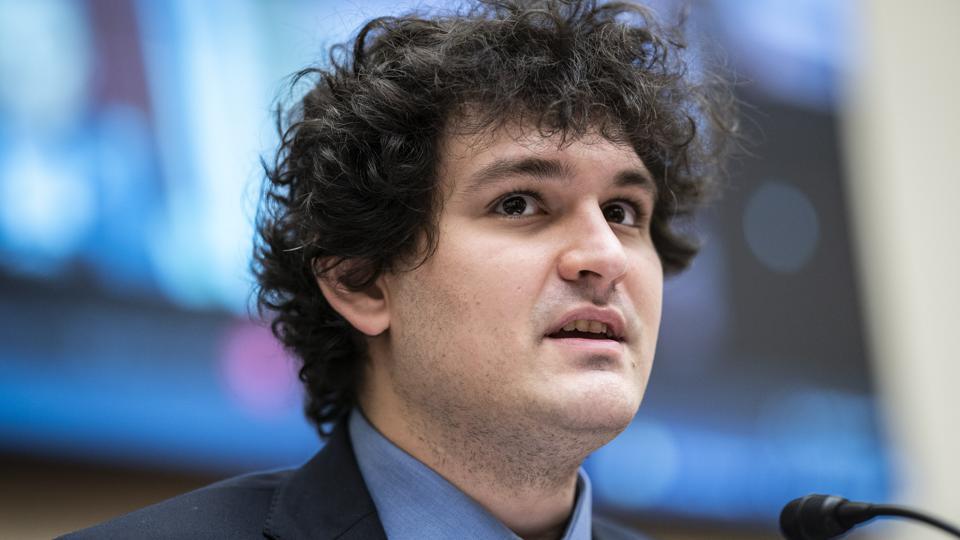Navigating the world of cryptocurrency can be like trying to solve an intricate puzzle. When high-profile cases like that of Sam Bankman-Fried and the FTX collapse make headlines, they become essential studies for those invested in understanding the nuances of crypto markets. Bankman-Fried, once the charismatic leader of the $32-billion crypto exchange FTX, took a monumental misstep by handing over the reins at a critical moment. This decision, which he later deemed his “single biggest mistake,” prevented him from steering the company away from financial ruin. As we delve deeper into this saga, we explore the key events and entities involved, offering insights into what went wrong and how such pitfalls might be avoided in the future.
Learning from the FTX Collapse: Sam Bankman-Fried’s Reflections
The Missteps Leading to FTX’s Bankruptcy
Sam Bankman-Fried, in a candid conversation with the non-profit American magazine Mother Jones, unveiled the frantic days surrounding FTX’s downfall. He confessed that signing over control to John J. Ray III was a hasty decision. Minutes post-signature, an investment opportunity arose that might have rescued the exchange from bankruptcy. Alas, it was too late—Bankman-Fried realized that retracting his decision was impossible once the paperwork changed hands.
The Role of Sullivan & Cromwell in Transition
The esteemed law firm Sullivan & Cromwell, through attorney Andrew Dietderich, advocated for John J. Ray III as the new chief restructuring officer, a move positioned for bankruptcy contingencies. Bankman-Fried recounted significant pressure from the law firm and former FTX employees to cede control. Ray’s subsequent actions, including filing for bankruptcy and engaging Sullivan & Cromwell to manage proceedings, mirrored a perceived conflict of interest, with some accusing the firm of contributing to FTX’s operational failures. By June 2024, Sullivan & Cromwell had declared $171.8 million in fees from these proceedings.
The Aftermath and Financial Impact
Following these seismic shifts, FTX’s efforts to manage creditor expectations began in earnest. By late 2025, approximately $7.8 billion had been returned to creditors, signaling a partial recovery from the financial catastrophe that ensued. Bankman-Fried’s extradition to the United States led to his conviction on charges related to the mishandling of customer funds, resulting in a 25-year prison sentence.
The Editorial Integrity of Financial Reporting
The editorial process at bitcoinist emphasizes delivering accurate and unbiased reports. Our rigorous sourcing standards and comprehensive reviews by industry experts ensure the highest quality content, reflecting the intricate, ever-evolving crypto landscape.
FAQs
How did Sam Bankman-Fried’s decision impact FTX?
Bankman-Fried’s decision to hand over control during a crucial period meant losing the opportunity to secure a vital investment. This transfer of power was pivotal in the company’s inability to prevent its collapse, impacting stakeholders and investors worldwide.
What role did Sullivan & Cromwell play in FTX’s bankruptcy proceedings?
Sullivan & Cromwell, through their representation, influenced the selection of John J. Ray III as the restructuring officer. Post-bankruptcy, their involvement raised conflict of interest concerns due to their historical ties with FTX and substantial earnings from the legal proceedings.
Has FTX managed to reimburse its creditors?
Yes, FTX initiated creditor repayments, dispersing approximately $7.8 billion by September 2025. While this marks significant progress, it remains a fraction of the total debts incurred, reflecting the extensive financial impact of the bankruptcy.
What lessons can be learned from the FTX situation?
The FTX collapse underscores the importance of crisis management, timely decision-making, and the clarity of leadership roles in crisis situations. Stakeholders should ensure robust governance structures to mitigate similar risks in the future.

